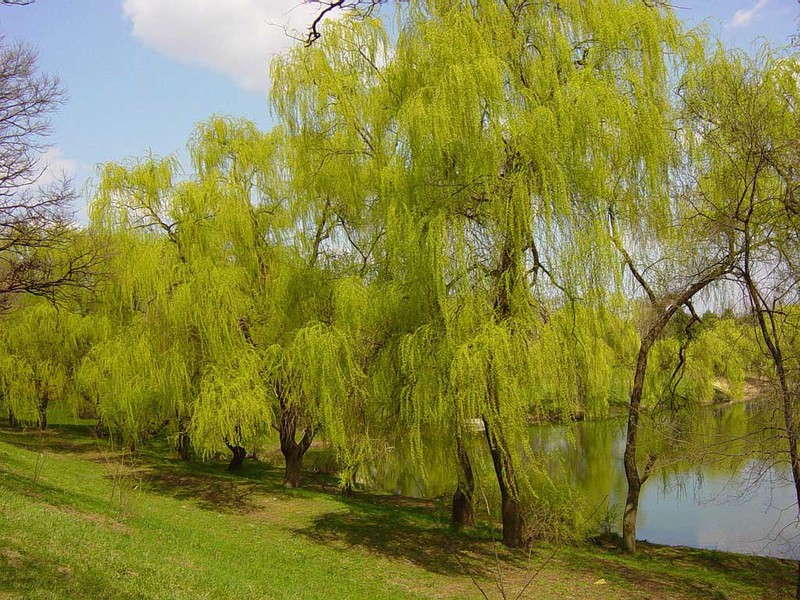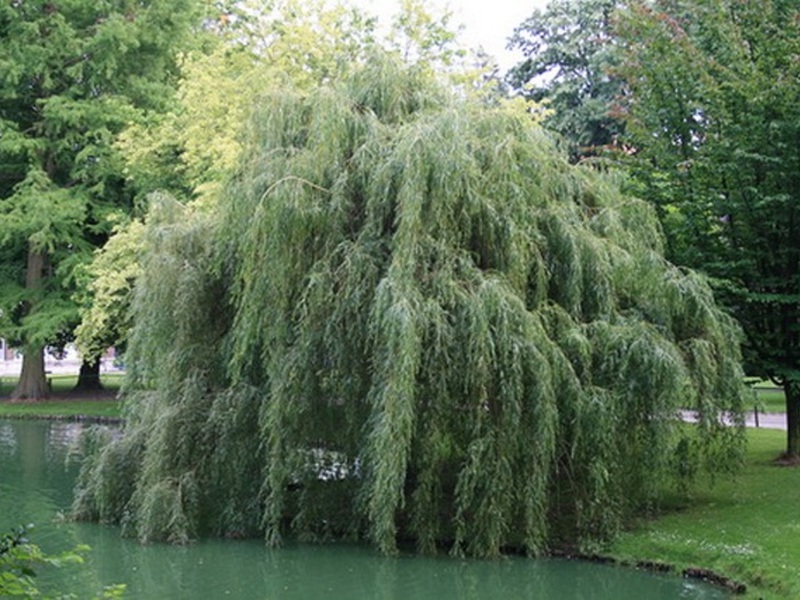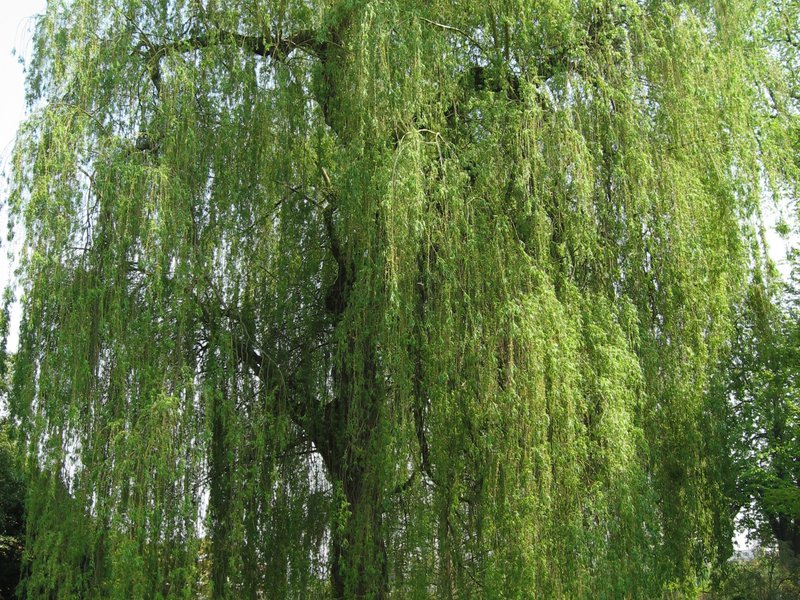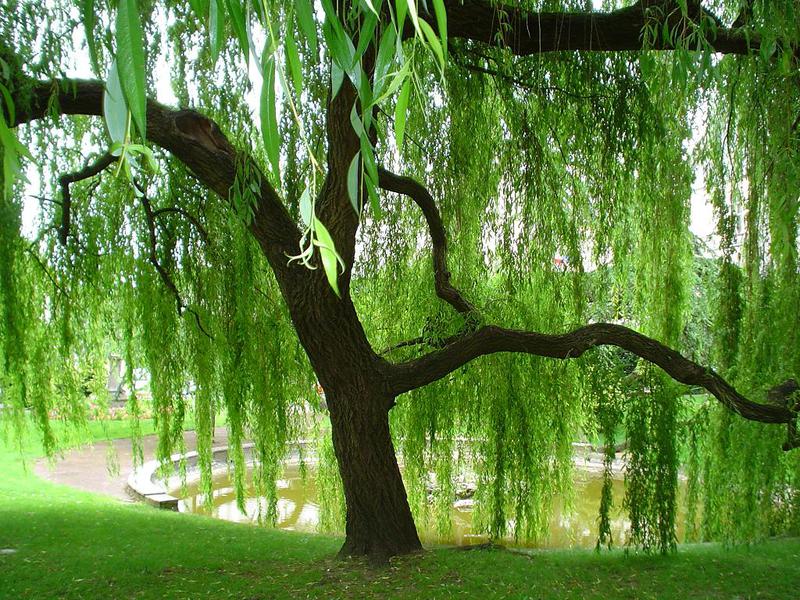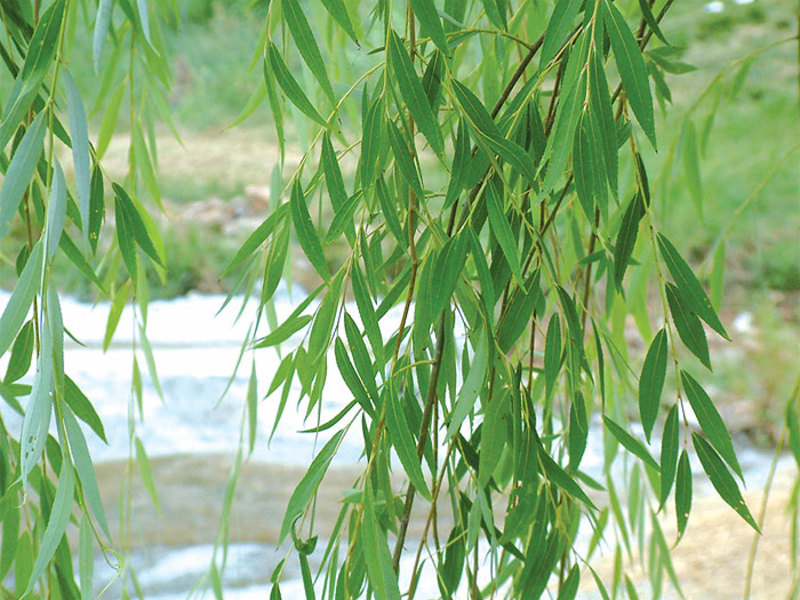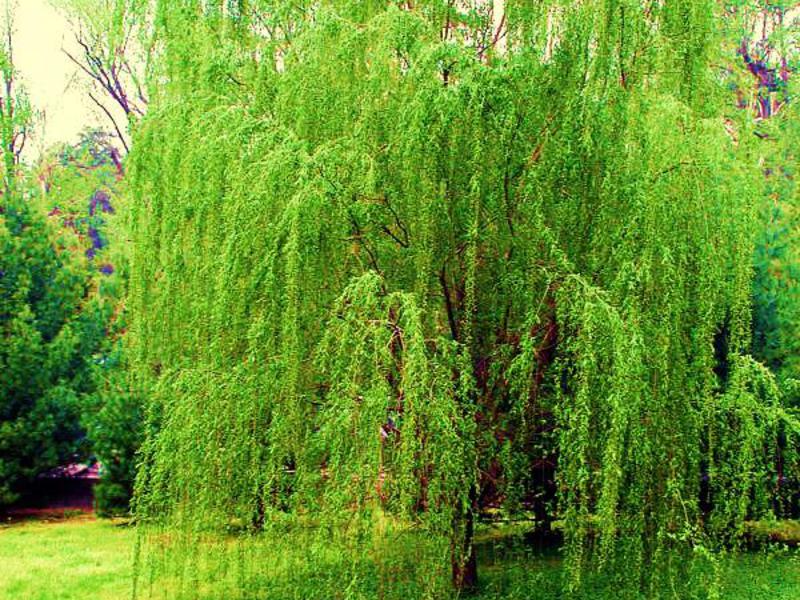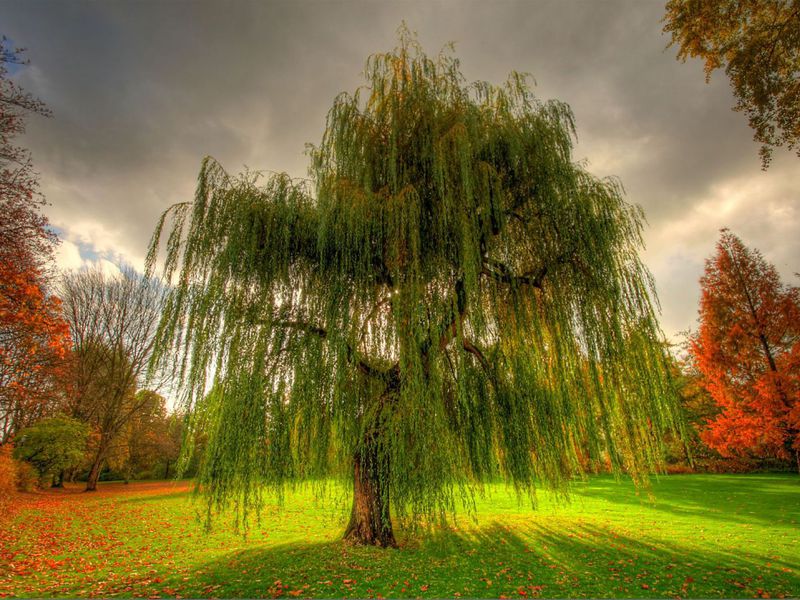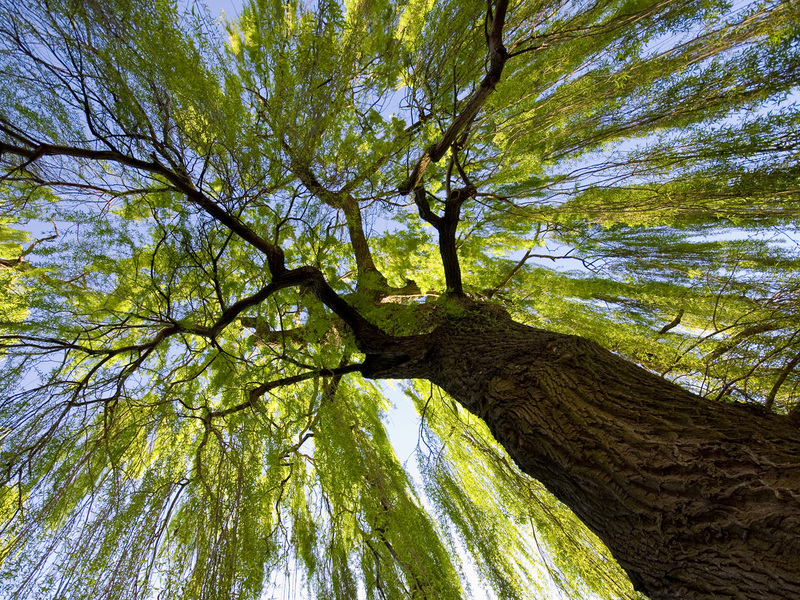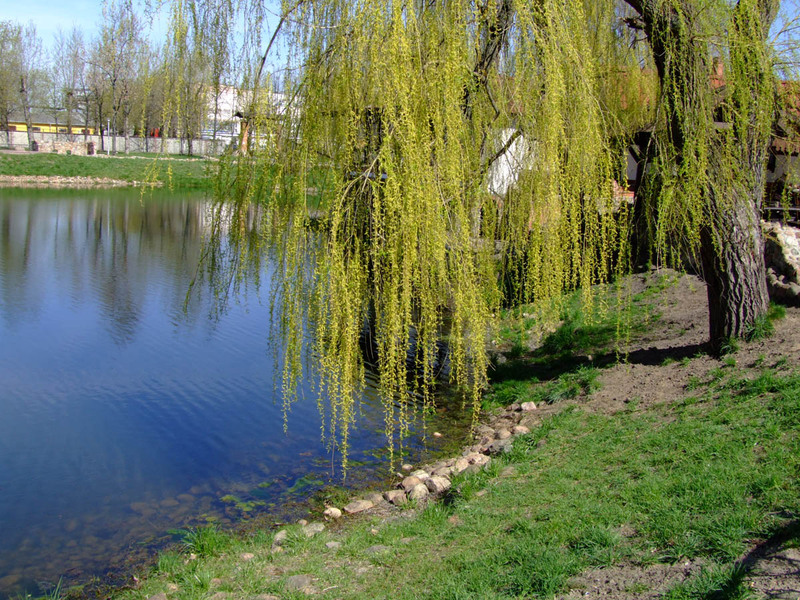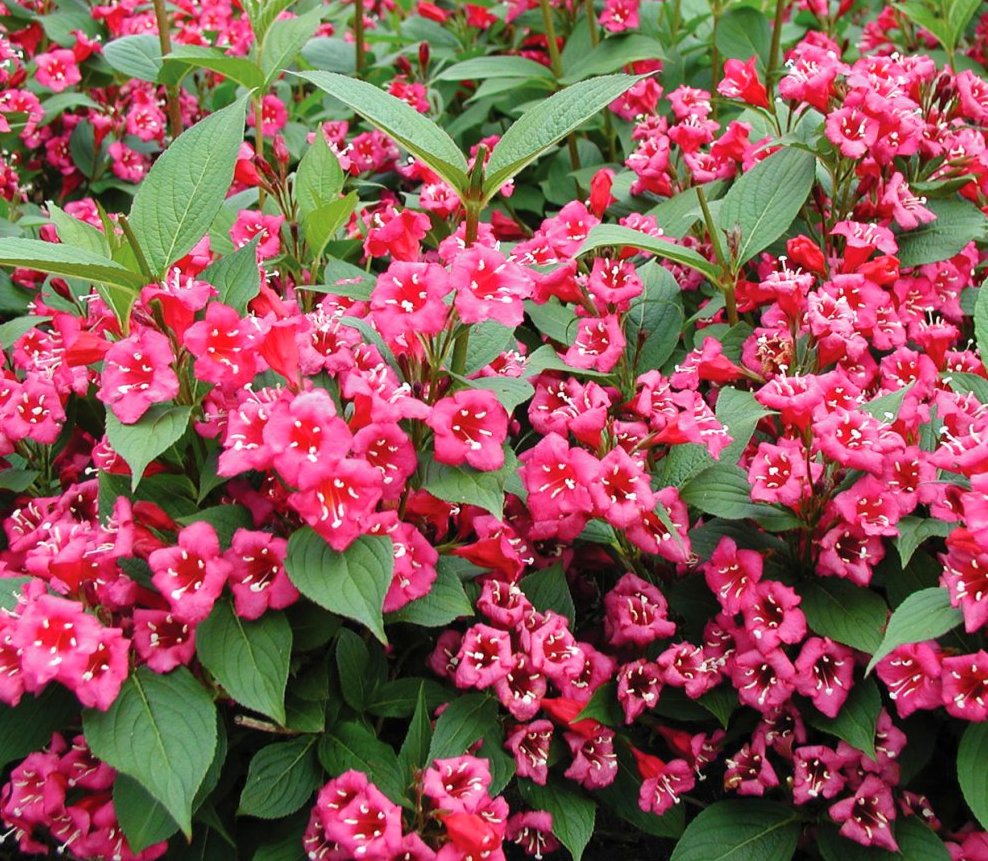Willow is one of those plants that most of us are familiar with. It is known to many by such names as willow, willow, vine, willow.
Most often it can be found in the middle part of our country. Favorite habitats are wet areas. There are some species that do well in swamps. Sometimes this shrub can be found even in forests, where it acts as an admixture to other trees.
Content
Description of the plant: what a willow looks like
Willow includes a large number of shrubs, which can have different external characteristics. This family is represented by about 300 species, most of which are cultivated on purpose. Of the features of the plant, it is worth highlighting transparent, transparent crown, as well as shoots that are quite thin and flexible.
When it blooms, small inflorescences form on the willow. Many species of this shrub can grow up to 10-15 m, while there are more impressive specimens, whose height can be 30-40 m. Dwarf subspecies are also distinguished.
Application
 Willow looks great in solitary and group plantings. For the design of rockeries and rock gardens, dwarf species of this shrub are often used. Most varieties withstand pruning very well, they are very often used for the manufacture of hedges.
Willow looks great in solitary and group plantings. For the design of rockeries and rock gardens, dwarf species of this shrub are often used. Most varieties withstand pruning very well, they are very often used for the manufacture of hedges.
Most often, willow is found next to water bodies, where they look especially impressive due to the silvery-green shade of the leaves, successfully complementing the water surface. The big plus of these plants is a powerful root system, which allows them to be used to strengthen slopes and prevent soil erosion.
Medicinal properties
Willow bark is highly valued in medicine because of this raw material preparing preparations for the treatment of specific diseases such as:
- arterial hypotension;
- tachycardia;
- neuroses.
In addition, they have antipyretic properties, can alleviate the patient's condition with rheumatism and relieve diarrhea.
As an external agent, preparations based on willow bark are used to treat inflammatory diseases of the oral cavity, as well as with increased sweating. For the treatment of eczema, baths from a decoction of willow bark and birch buds are effective.
Willow bark has proven itself well in folk medicine: the broth prepared from it is very useful for:
- febrile conditions;
- colds;
- rheumatism;
- chronic diarrhea;
- pain in the stomach and intestines;
- diseases of the spleen, gout;
- has a hemostatic, choleretic and diuretic effect.
Decoctions are an effective remedy in the treatment of:
- sore throats;
- diseases of the oral cavity;
- whiter;
- varicose veins;
- muscle fatigue.
Varieties
White willow
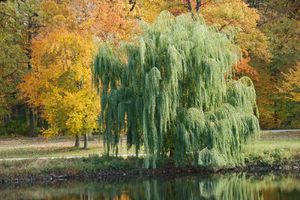 This representative of the family has no equal in height, which is 10-12 m, as well as unpretentiousness. The name of this species is associated with silvery leaves... Looks great in combination with large trees with dark green foliage - horse chestnut, elm or linden.It is also appropriate to plant this plant in the background, as a result, the decorative foliage of this shrub will be able to focus on the beauty of the red-leaved maple, barberry or dark pine needles.
This representative of the family has no equal in height, which is 10-12 m, as well as unpretentiousness. The name of this species is associated with silvery leaves... Looks great in combination with large trees with dark green foliage - horse chestnut, elm or linden.It is also appropriate to plant this plant in the background, as a result, the decorative foliage of this shrub will be able to focus on the beauty of the red-leaved maple, barberry or dark pine needles.
White willow, weeping shape
Reaching a height of 5-7 m, this shrub stands out for its decorative crown, which falls in cascades. It is also distinguished by long branches that reach almost the very surface of the earth. It can grow on almost any soil, resistant to negative temperatures, responsive to moisture. It can grow even in a shaded area, however, the lack of sunlight negatively affects the density and decorativeness of the crown.
Weeping willow looks spectacular not only as a separately planted shrub, but also as part of a group of trees, especially if they are planted along the banks of reservoirs. It can form an excellent composition together with other decorative deciduous shrubs and low conifers - juniper, cypress, thuja.
Willow brittle, spherical shape
The shrub willow owes its attractiveness to the crown, which has a regular spherical or domed shape. In the process of growth, the rakita forms a large number of trunks, which in some specimens can grow up to 7 m. Being a cold-resistant plant, it is excellent tolerates even harsh winters... Rakita looks good not only as a separately planted plant, but also as part of group plantings. This tree can be used as a background for other ornamental plants. The shore of the reservoir looks especially beautiful, which is decorated with a small curtain or a string of similar plants. Also, often the tree is assigned the functions of a hedge.
Goat willow, weeping shape
 The weeping shoots, which are formed in the form of a tent at the top of a small stem-trunk, reaching an average height of 1.5 m, give a decorative character to this shrub.In recent years, interest in it begins to grow, which was largely facilitated by the availability of foreign planting material. If this decorative willow is planted in a sunny place, then it can form a narrow spherical crown with shoots located vertically downwards, which in some cases can reach the ground.
The weeping shoots, which are formed in the form of a tent at the top of a small stem-trunk, reaching an average height of 1.5 m, give a decorative character to this shrub.In recent years, interest in it begins to grow, which was largely facilitated by the availability of foreign planting material. If this decorative willow is planted in a sunny place, then it can form a narrow spherical crown with shoots located vertically downwards, which in some cases can reach the ground.
In the spring, when the tree begins to bloom, on the shoots fluffy flowers open, as a result, the willow begins to resemble large dandelions. In this plant, vertical growth is usually not observed, the excess in height of the trunk is no more than 30-40 cm. Usually used in group plantings. However, this shrub takes on a spectacular look when combined with plants that have a great foliage shade, or when planted near the bends of garden paths.
Caring for this species is similar to any standard-grafted plant. A must for her is the pruning of wild growth, which regularly appears on the post under the vaccination site. If this is not done, then the grafted part may subsequently die. Considering that this willow variety is not cold-resistant, it is recommended to plant it in places that have good lighting and are protected from the wind.
When grown in the northern suburbs, the grafted part of the seedling is recommended prepare for wintering... To do this, it is wrapped in a nonwoven material in several layers, for example, spunbond. When growing standard plants, care must be taken to maintain their verticality: for this, three stakes are driven into the ground nearby and a plant is tied to it.
Willow
 Found in many regions of our country, except for the extreme north and south. It is a large tree with a large number of branches, having a height of no more than 8 m. It forms a wide crown formed by long twig-like shoots, which are fluffy in the first years of growth, and subsequently become naked.Shoots are decorated with linear-lanceolate leaves with curled edges. They have a length of no more than 10 cm, from above they are painted in a dark green color. The lower part is silvery due to the presence of silky hairs.
Found in many regions of our country, except for the extreme north and south. It is a large tree with a large number of branches, having a height of no more than 8 m. It forms a wide crown formed by long twig-like shoots, which are fluffy in the first years of growth, and subsequently become naked.Shoots are decorated with linear-lanceolate leaves with curled edges. They have a length of no more than 10 cm, from above they are painted in a dark green color. The lower part is silvery due to the presence of silky hairs.
This willow variety has a different name, which is associated with its similarity to hemp leaves. When it starts to bloom small earrings are formed up to 6 cm long, cylindrical. At this stage of the life cycle, the shrub becomes very fluffy, remaining so for 6-13 days.
During the season, it rapidly gains green mass, but the life cycle does not exceed 30 years, after which dying occurs. Being very resistant to negative temperatures, this type of willow can withstand transplanting, pruning and feel good in urban conditions. It can even grow on infertile soils. Thanks to cuttings, it can form fairly large thickets.
Conclusion
Today, willow is considered one of the most famous wild trees, with which almost every one of us is familiar. It is very easy to recognize this shrub due to its long branchy shoots. Many owners of summer cottages often use it for decorative purposes, since, due to its unpretentiousness, it can grow almost everywhere. Therefore, it is not necessary to know where the willow grows to find a seedling. Its shoots are flexible and strong enough to tolerate pruning, so you can use it as a hedge... At the same time, it can be used as a background to decorate other ornamental shrubs.
